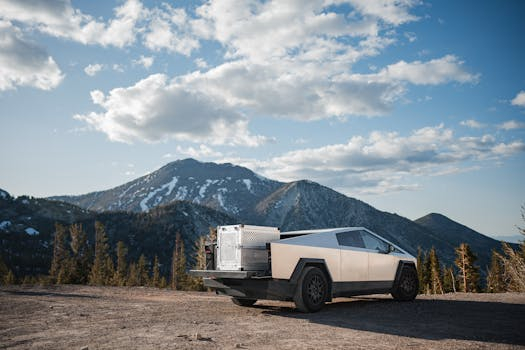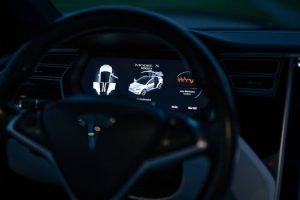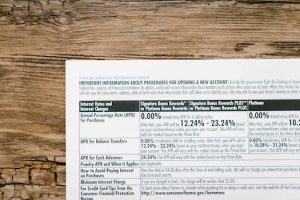Hybrid-Electric Aircraft: The Future of Sustainable Aviation.
The aviation industry has always been under scrutiny for its contribution to climate change. With traditional aircraft relying solely on fossil fuels for propulsion, the sector has been a major contributor to carbon dioxide emissions. However, with advancements in technology, a new era of sustainable aviation has emerged with the development of hybrid-electric aircraft. These innovative planes combine traditional combustion engines with electric motors, resulting in more efficient and environmentally friendly flights. In this article, we will explore the concept of hybrid-electric aircraft and how they are shaping the future of sustainable aviation.
The Need for Sustainable Aviation
The environmental impact of traditional aircraft is undeniable. According to a report by the Intergovernmental Panel on Climate Change (IPCC), aviation accounts for about 2% of global carbon dioxide emissions. With the projected growth of air travel in the coming decades, this number is only expected to increase. This has led to a growing concern for the sustainability of the aviation industry and the need for alternative solutions.
Limitations of Traditional Aircraft
Traditional aircraft rely on fossil fuels, primarily jet fuel, for propulsion. This not only contributes to carbon emissions but also comes with other environmental concerns such as air pollution and noise pollution. In addition, the fluctuating prices of oil make it difficult for airlines to plan and manage their budgets effectively.
The Promise of Hybrid-Electric Aircraft
Hybrid-electric aircraft offer a promising solution to these challenges. These planes use a combination of traditional combustion engines and electric motors to power their flights. This allows them to rely less on fossil fuels and reduce their carbon footprint significantly. In fact, a study by the University of Illinois estimates that hybrid-electric aircraft could reduce carbon emissions by up to 75% compared to traditional planes.
How Do Hybrid-Electric Aircraft Work?
Hybrid-electric aircraft use a similar concept to hybrid cars, but on a larger scale. The traditional engines, powered by jet fuel, are used to turn the electric generators that charge the batteries. The batteries then power the electric motors, which drive the propellers for thrust. This setup allows for more efficient use of fuel and reduces carbon emissions.
The Role of Batteries
The development of lightweight and high-capacity batteries has been a crucial factor in the success of hybrid-electric aircraft. These advanced batteries can store large amounts of energy and release it to the electric motors when needed. They also have the ability to recharge quickly, making them suitable for use in aircraft.
The Challenges of Hybrid-Electric Aircraft
Despite the potential benefits, there are still technical challenges that need to be addressed for hybrid-electric aircraft to become a mainstream option. One of the major challenges is the weight of the batteries, which can significantly increase the overall weight of the plane, affecting its performance. In addition, the limited range of battery-powered flights and the high cost of batteries are also significant barriers.
The Future of Sustainable Aviation
The concept of hybrid-electric aircraft is still in its early stages, but there has been significant progress in research and development in recent years. Major aircraft manufacturers such as Boeing and Airbus have invested in hybrid-electric aircraft projects, and several airlines have shown interest in incorporating these planes into their fleets. There is also a growing demand for electric-powered commuter planes and drones for short-distance flights.
Realizing the Vision of Sustainable Aviation
Hybrid-electric aircraft have the potential to revolutionize the aviation industry and enhance its sustainability. Their reduced carbon emissions, noise pollution, and dependency on fossil fuels make them a promising solution for the future of aviation. As the technology continues to develop and overcome its challenges, we may soon see a new era of sustainable and eco-friendly flying. The future of aviation looks greener than ever before, and it’s all thanks to hybrid-electric aircraft.







